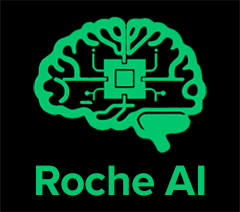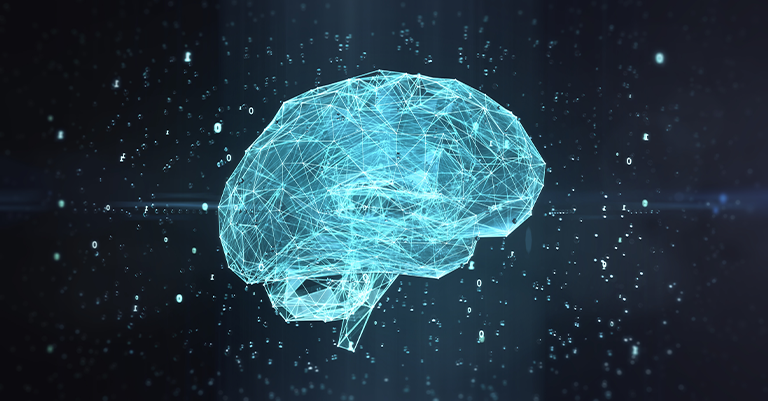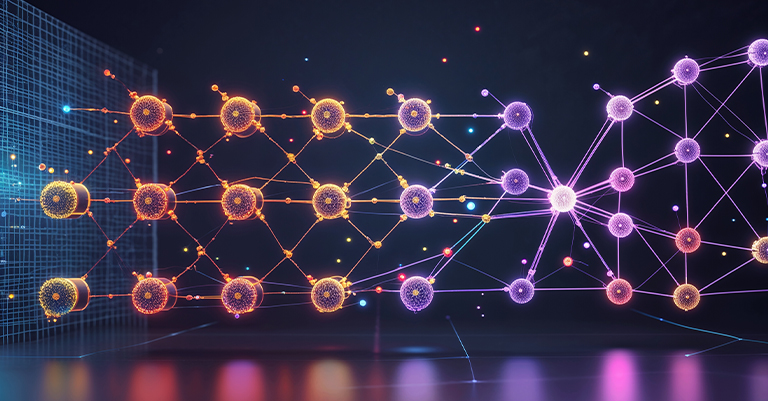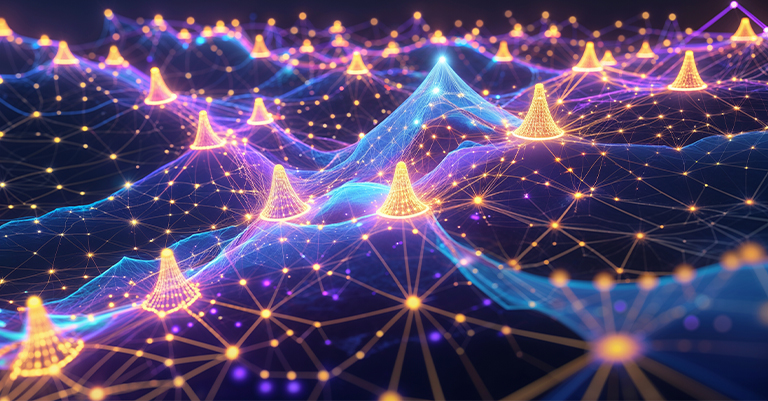Understanding the Potential of Deep Learning in Modern AI
Deep learning is changing how industries use neural networks to handle messy data. It’s great for jobs like recognizing images and understanding language. This post talks about how deep learning is different from traditional machine learning. It also explains the main parts of neural networks and how they’re used in real life, like in healthcare, money, and transportation. The post covers challenges such as needing lots of data, strong computers, and ethical issues. Lastly, it talks about new technologies that will shape the future of AI systems.
What is Deep Learning?
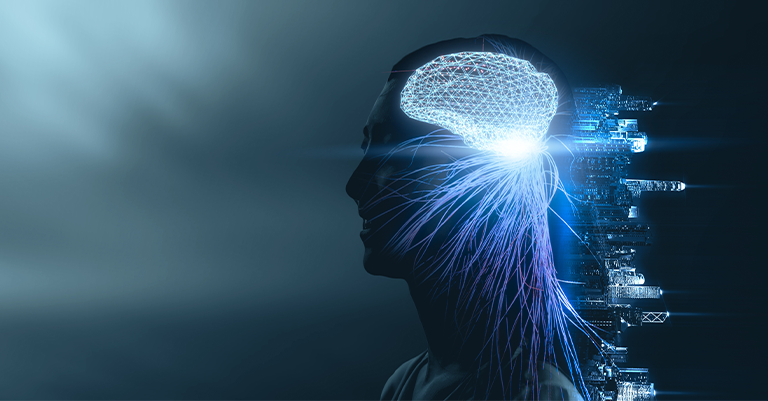
Deep learning is a special type of machine learning where AI learns from big sets of data by finding patterns on its own. Unlike regular machine learning, which needs humans to pick out important features, deep learning works with raw data directly. It finds complex patterns by using many layers in a neural network. This makes deep learning perfect for things like recognizing images, understanding speech, and working with natural language.
Deep learning is great with unstructured data, like pictures, sound, and text, and gets better the more it learns. These models can also work well with messy or poorly labeled data, helping them succeed in many areas. Because of this, deep learning has become a key technology in AI, helping drive new inventions in self-driving cars, medical tools, and virtual assistants.
Why is Deep Learning Important?
Deep learning is important today because it can handle unstructured data, which makes up most of the information we create. Unlike traditional AI, which relies on organized data, deep learning can work with complex data like pictures, videos, sounds, and text. Traditional AI needs people to pick out important details, but deep learning finds patterns automatically using neural networks.
For example, with traditional AI, programmers have to tell the system how to spot features like edges in images. But deep learning figures this out on its own by studying large amounts of data. The more data deep learning systems use, the better they get at making accurate predictions. As companies collect data from things like smart devices and customer interactions, deep learning becomes even more important. It helps automate tasks, improves decisions, and gives valuable insights in fields like healthcare and self-driving cars.
How is Deep Learning Different from Traditional Machine Learning?
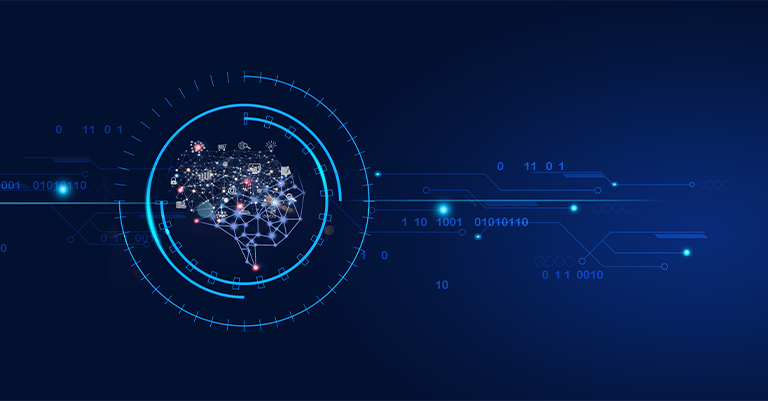
Deep learning and machine learning are both parts of AI, but they manage data in different ways. Machine learning usually works with organized data and needs humans to pick out important details. Deep learning, on the other hand, automatically finds patterns in raw, unstructured data using neural networks. This lets deep learning handle big, complex datasets with little help from people, making it better for tough tasks. Since it doesn’t need manual programming or feature picking, deep learning makes model training faster and more efficient for real-world data.
Manual vs. Automatic Feature Extraction
A big difference between traditional machine learning and deep learning is how they pick out important details or “features.” In traditional machine learning, engineers manually choose these features for the model, which takes time and can lead to mistakes, especially with complex data. For instance, in facial recognition, engineers might define features like the distance between the eyes or the shape of the nose. Deep learning does this automatically using neural networks. As data passes through different layers, the network learns to spot more detailed patterns, starting with simple edges and moving to full objects. This automatic feature extraction helps deep learning shine in tasks like image recognition and improve as it processes more data.
Scalability and Performance
Traditional machine learning models have trouble with large, unstructured datasets because they rely on manual feature extraction, which becomes harder as data gets more complex. Processing huge amounts of images, videos, or audio takes a lot of manual work, making it less scalable. Deep learning, however, thrives on big data. Neural networks automatically pull out features from raw data, keeping performance high and even improving as they handle more information. This makes deep learning perfect for tasks like self-driving cars and predictive maintenance, where both scalability and accuracy matter. That’s why industries like healthcare, finance, and robotics prefer deep learning.
Core Components of Deep Learning: Neural Networks
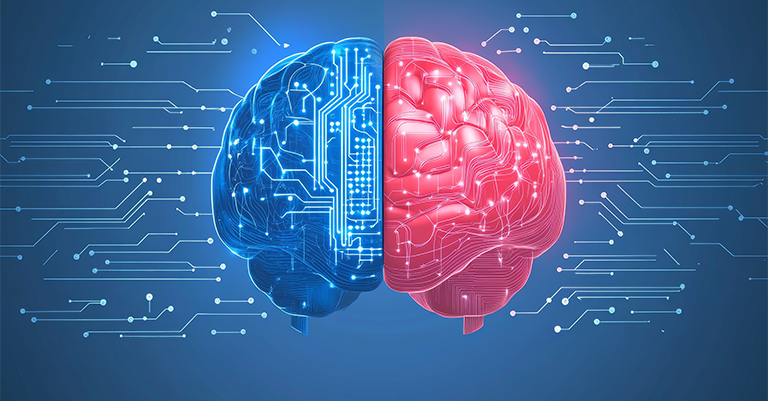
Neural networks are the foundation of deep learning and are designed to work like the human brain. These networks have connected nodes, called neurons, that process and send information. By copying how the brain works, neural networks help deep learning models learn from data by recognizing patterns and making decisions. They work in layers, with each layer building on the last one, allowing deep learning to manage complex data like images, text, and speech. This structure lets deep learning systems process data, find patterns, and make predictions without needing specific instructions, making them perfect for tasks like self-driving cars, language processing, and medical diagnostics.
Layers in Neural Networks
Neural networks are made up of different layers of neurons, each with a specific job. These layers include the input layer, hidden layers, and output layer. The input layer takes in raw data, like images or text, and sends it to the hidden layers. In the hidden layers, most of the data processing happens. Each node in these layers uses math to find patterns. Early layers spot simple things like edges or colors, while deeper layers recognize more complex features like objects or faces. The output layer then gives a result, like a classification or prediction. This layered setup helps neural networks handle and understand complex data better than traditional algorithms.
Activation Functions and Learning
Activation functions are key in neural networks because they decide if a neuron should activate and send information to the next layer. This choice affects how the network processes data and learns. Without activation functions, neural networks could only solve simple, straight-line problems, which would limit their abilities. One of the most popular activation functions is the Rectified Linear Unit (ReLU). It works well with non-linear data by only allowing positive values to pass through, helping the network deal with more complex patterns. Another common function is the sigmoid, which outputs values between 0 and 1, making it great for tasks like binary classification. Activation functions add non-linearity, helping neural networks learn better and make more accurate predictions.
Applications of Deep Learning in Various Industries
Deep learning is changing industries by automating complex tasks, improving decisions, and finding insights in big datasets. Its ability to work with unstructured data—like pictures, sounds, and text—makes it important in areas like healthcare, finance, transportation, and manufacturing. Deep learning analyzes data more accurately and quickly than traditional methods, helping businesses run more smoothly, save money, and improve customer service. Whether diagnosing diseases, spotting fraud, or making supply chains more efficient, deep learning helps companies solve tough problems with little human help. As the technology improves, its uses will keep growing, driving innovation and making operations even more efficient across industries.
Deep Learning in Healthcare
Deep learning is advancing healthcare, especially in medical imaging, disease detection, and personalized medicine. AI-driven deep learning models can analyze complex data, like MRI scans and X-rays, with greater speed and accuracy than humans. For instance, in medical imaging, these models detect patterns and abnormalities faster than radiologists, helping identify diseases such as cancer early. This capability to process large volumes of medical images enables quicker diagnoses, leading to improved patient outcomes. Additionally, deep learning is crucial in personalized medicine, where AI analyzes individual patient data to develop customized treatment plans, predicting responses to medications or therapies based on genetic information for more effective care.
Financial Sector and Fraud Detection
The financial industry is using deep learning to improve fraud detection and risk management. With millions of transactions happening every day, it’s almost impossible to manually find suspicious activities. Deep learning models can quickly analyze large amounts of data in real time, spotting unusual patterns that might suggest fraud. These models keep learning from new data, adjusting to changing fraud tactics. Besides detecting fraud, deep learning is also used in algorithmic trading, where AI analyzes market data and makes trades faster than humans, helping optimize financial portfolios. It even improves credit scoring by using a wider range of data to assess a borrower’s risk, helping financial institutions make smarter decisions and enhance security.
Challenges in Deep Learning Development

Deep learning is powerful but faces big challenges, both technical and ethical. One major problem is that large datasets and a lot of computer power are needed to train models properly. Another issue is that deep learning models are often “black boxes,” meaning it’s hard to understand how they make decisions. This lack of clarity can cause concerns, especially in areas like healthcare and criminal justice, where AI decisions can greatly affect people’s lives. Bias in the training data is also a serious problem, as models might unintentionally repeat unfair prejudices. Solving these challenges is key to using deep learning responsibly and effectively across different industries.
Data Requirements and Computational Power
Training deep learning models needs huge amounts of data and a lot of computing power. Collecting enough data is tough, especially in fields like healthcare, where privacy and security are crucial. Without enough high-quality data, models may have trouble making accurate predictions. The computing demands are also high, often requiring costly hardware like GPUs or TPUs, which makes it harder for smaller organizations to afford. Plus, training large models uses a lot of energy, raising environmental concerns. To solve these issues, developers are working on techniques like transfer learning and model optimization, which help reduce computing needs while keeping performance strong.
Transparency and Bias in Deep Learning Models
One major challenge in deep learning is the lack of transparency in how models make decisions. Neural networks are often viewed as “black boxes,” making it difficult to understand why they make certain predictions. This is especially worrying in fields like criminal justice, hiring, or healthcare, where AI decisions can have serious consequences. Another important issue is bias. When models are trained on biased data, they can unintentionally reinforce unfair practices, like making discriminatory hiring decisions. To fix these problems, it’s important to improve AI explainability and ensure that datasets are diverse and free from bias.
Future of Deep Learning in AI
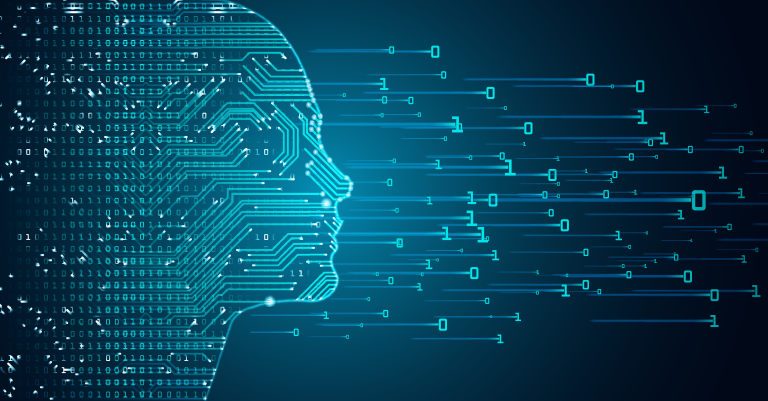
The future of deep learning is full of potential, with ongoing research expanding AI’s abilities. New algorithms and architectures are making AI systems more efficient and accurate, allowing them to handle even more complex tasks. These improvements are set to transform industries like healthcare, finance, transportation, and entertainment. One exciting trend is self-supervised learning, which reduces the need for humans to label data, making AI more independent and easier to scale. As deep learning continues to grow, it will unlock new possibilities and lead to groundbreaking applications, shaping the future of artificial intelligence technology.
New Algorithms and Architectures
Researchers are always working on new algorithms and designs to improve deep learning models’ performance and scalability. One important breakthrough is the transformer architecture, which works especially well in natural language processing (NLP). Transformers help AI process and understand text data more accurately and efficiently, improving applications like translation, summarization, and conversational AI. Their success has also spread to areas like computer vision and speech recognition, where the self-attention mechanism boosts accuracy. These architectures allow AI to handle tasks with more precision and fewer mistakes, reducing the need for human supervision. As research moves forward, these innovations will continue to advance AI across different industries.
Self-Supervised Learning and AI Independence
A key trend in deep learning is the move toward self-supervised learning, where AI models learn from unlabeled data. Traditional models depend on labeled datasets, which take a lot of time and money to create. Self-supervised learning removes this need by allowing AI to learn directly from raw data. This makes AI more independent, letting it train and adapt without relying on large, manually labeled datasets. It also cuts costs and improves scalability, making deep learning more valuable in fast-paced industries like robotics, where adapting in real-time is crucial. As self-supervised learning grows, AI will become more self-sufficient, able to work and improve with less human input.
Final Thoughts on Deep Learning
Deep learning is revolutionizing artificial intelligence by allowing AI to handle complex data, automate tasks, and generate valuable insights. Its impact is seen in industries like healthcare, finance, and transportation, where businesses use neural networks to process huge amounts of unstructured data and solve problems.
However, deep learning faces challenges such as needing large datasets, lots of computing power, and concerns about transparency and bias. Advances in algorithms, architectures, and self-supervised learning are making AI more independent and scalable. As deep learning evolves, it will open up new possibilities, pushing the limits of AI and shaping the future of technology in exciting ways.

